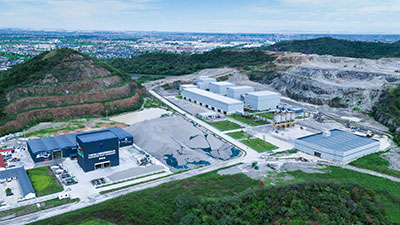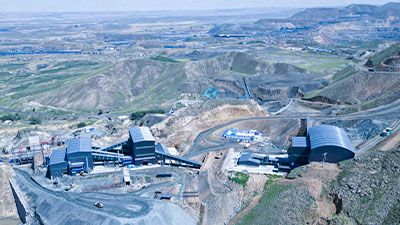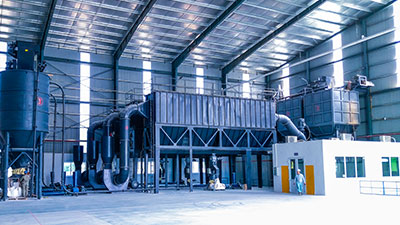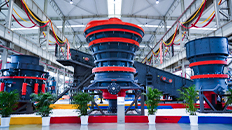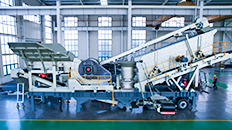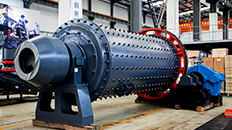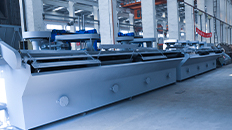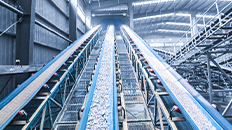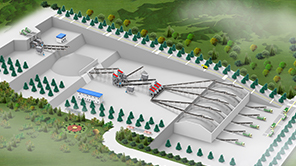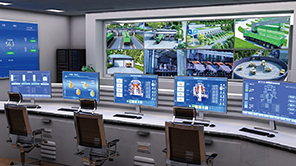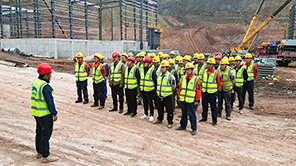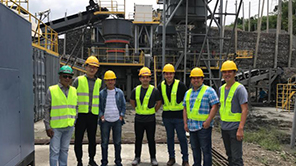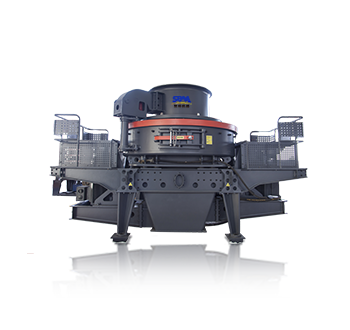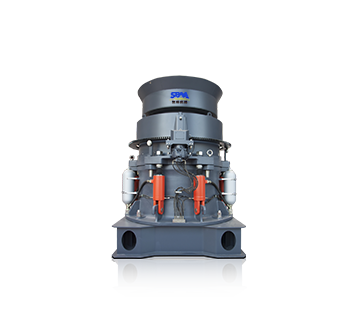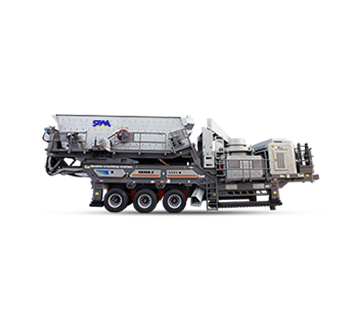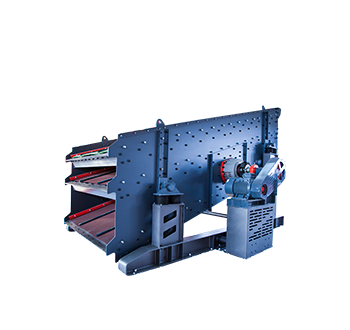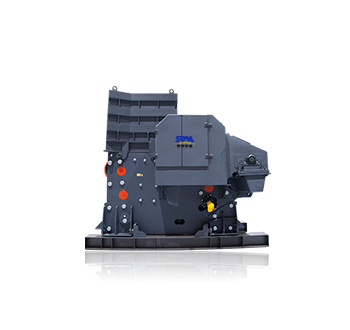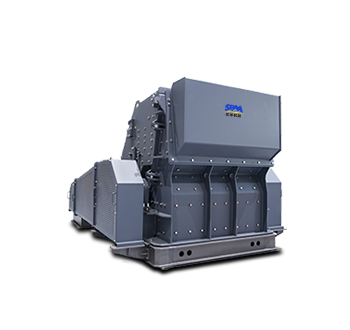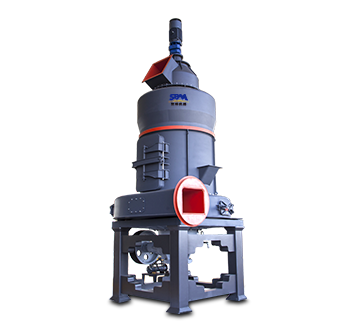Summary:The production of aggregates generally includes several main processes such as crushing, screening, sand making, and sand powder separation.
Although the overall processing technology of aggregates has become more and more mature, the specific process flow of aggregate production varies depending on the production scale, raw material properties, market demand for products, and capital investment of aggregates. Overall, the production of aggregates generally includes several main processes such as crushing, screening, sand making, and sand powder separation.

Crushing is indispensable
Crushing is the indispensable step in the preparation of sand and gravel aggregates. Except for a portion of strongly weathered rocks that can be directly used for sand washing, most hard rocks need mining and crushing.
To decide how many crushing stages we need in the production plant, we need to consider the max particle size of the raw material and the particle size of the final product. According to different mining scales and methods, etc., the maximum particle size of rocks is generally between 200mm to 1400 mm. The feed particle size of vertical shaft impact crushers is below 60mm, and the feed particle size of rod grinding mill is smaller. Currently, the crushing ratio of commonly used crushers is below 10, so sand and gravel aggregates production generally needs two or three crushing stages.

3 types of screening
In aggregate production plant, the screening can be divided into 3 types: pre-screening, check screening and product screening.
When the soil or fine particles content in the raw material is high, pre-screening is needed to screen out the soil and fine materials in the raw material, which, on the one hand, can prevent the material from being over-crushed, and on the other hand, it also reduces the amount of material entering the coarse crushing equipment, improving the processing capacity of the crusher.

Check screening is generally set after the final crushing stage to screen out materials larger than a certain particle size and send them back to the fine crushing equipment for further crushing, in order to control the final particle size of the crushed products to meet the required feed particle size for the next stage.
Product screening is the process of grading the final crushed aggregates or sand to obtain products with different gradations.
Sand making& shaping stage to get better particle shape
According to the different properties of raw materials and the performance of crushing equipment, a certain proportion of fine aggregate will be produced during the crushing process. However, this part of aggregate often has problems such as poor particle size and low sand production rate. If a large amount of high-quality machine-made sand needs to be produced, it is necessary to adopt vertical shaft impact crusher for sand making and shaping.

Sand& powder separation to control powder content and improve product quality
During the sand making process, a certain proportion of stone powder will be produced, and too high or low content of stone powder will both affect the working performance of concrete. The separation of sand& powder is to control the content of stone powder in the finished sand.
The commonly used sand making& shaping and sand& powder separation processes can be divided into dry and wet methods based on whether water is used as the working medium. The following chart shows the main differences between dry method and wet method:
| Types | Dry method | Wet method |
| Main applicable scope | Low soil content in raw ore, easy to remove soil | High soil content in raw ore, hard to remove soil |
| Environmental protection | <10mg/m³, equipped with a high-efficiency bag dust collector, no sewage | No dust, production line needs to be equipped with corresponding sewage treatment systems, sewage is recycled |
| Power consumption | Low | Relatively high |
| Investment cost | Low | Relatively high |
| Production control | Less equipment, convenient control, stable operation | More equipment, production control is more complex, and high requirements for workers' operational skills |
| Floor space | Small | The sewage treatment system occupies a large site area |
| Water consumption | Only unorganized dust requires a small amount of water | Requires a large amount of flushing water |
| Sand& powder separation | Adopt separator to select powder | Wet method sand washing with high efficiency |
| Storage | Storage or pile shed | Only pile shed |
Although the processing and production technology of sand and gravel aggregate has become mature, there is no fixed production process in actual production, and the selection of production equipment is more flexible and variable. SBM engineers will design suitable production line and recommend suitable equipment for you according to the actual production condition.

